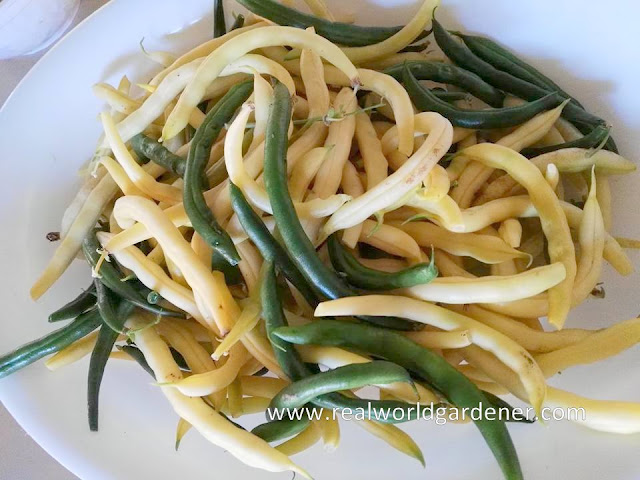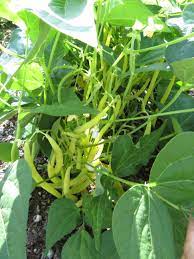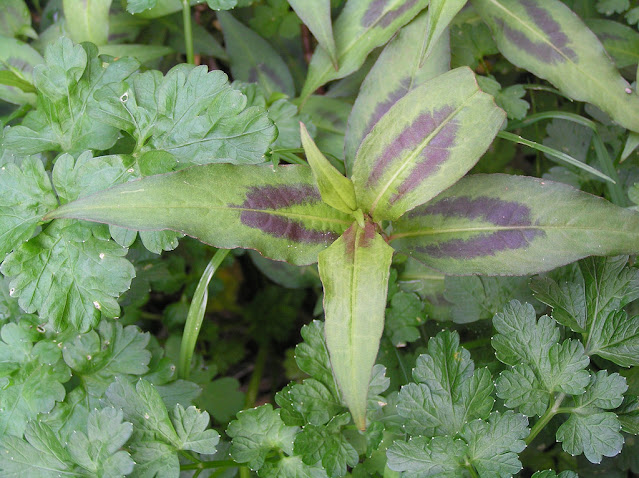KITCHEN GARDEN
Beans and More Beans
What is your favourite warm season vegetable or are there too many to choose from?Top of the list for many a gardener is the humble bean, because in warm weather, they’re so easy to germinate.
In fact my bean crop was directly sown on a Monday and they were up by Thursday.
But how do you get a continuous crop of beans?
Corinne mentions bush beans, but we're not talking some sort of wild bean that grows on a bush, in fact bush beans is another name for dwarf beans.
More along the style of French beans such as butter beans or Cherokee Wax butter beans.
Scientifically beans are Phaselous vulgaris which covers just about every type of bean seed that you can buy.
Dwarf or bush beans grow into a small, bushy shape, usually 60cm tall or less and don't need staking.
This year I planted my bean seeds closer together than normal on using the premise that if we had a run of cloudy days and they started to climb, they would support each other.
This season we did have lots of cloudy rainy, days, they didn't start to climb, but did in fact support each other at around 50-60cm.
The only tricky part was needing to carefully pick your way through the thicket of bean foliage to harvest the beans without breaking any branchlets.
Let’s find out more about tips and tricks with bush bean planting by listening to the podcast.
I’m speaking with Corinne Mossati founder of https://thegourmanticgarden.
TIP:
- Sow another crop in 6 weeks time after the first crop then the big tip is after the first harvest, apply a side dressing of blood ‘n’ bone.
- Beans should be ready to harvest as soon as 65 days or 9 weeks after planting
If you have any questions why not email us at realworldgardener@gmail.com or write in to 2RRR PO Box 644 Gladesville NSW 1675



.jpg)
